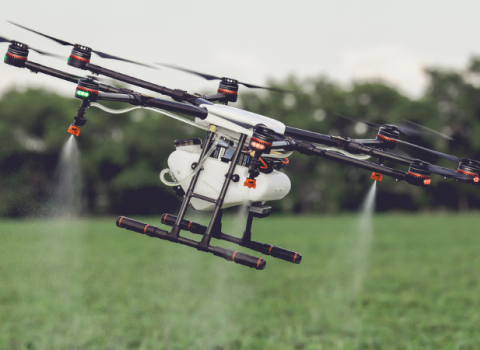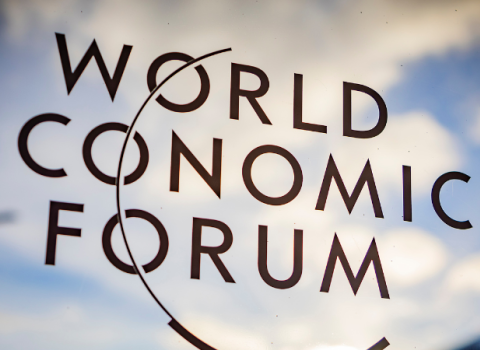
Paul Meller, Science|Business
At the end of November the European Patent Organisation’s highest appeals body concluded that it would be against the “public order” to grant the patent since it requires the destruction of an embryo to apply the method for isolating pluripotent stem cells and preserving them in vitro while maintaining the cells’ ability to differentiate subsequently.
Peter Liese, a member of the European Parliament described the ruling as, “a cornerstone decision for the future work of the European Patent Office in that area which is very sensitive from an ethical point of view.”
But companies active in stem cell research, as well as patent lawyers, played down the decision’s relevance beyond the WARF patent itself.
EPO itself was careful to say the decision does not mean human stem cell lines cannot be patented. However, the ruling does not make it clear if products based on banked embryonic stem cell lines that did not involve the destruction of an embryo as the starting point, but that trace their origins to a destroyed embryo, are patentable or not.
Not the only route
Adding to the confusion, at the time the application was submitted the only way of obtaining pluripotent stem cells was through the destruction of an embryo. Now it is possible to isolate stem cells without destroying the embryo they come from. And with research into induced pluripotent stem cells, in which adult somatic cells are transformed back into pluripotent cells, and through therapeutic cloning, it is becoming possible to produce human embryonic stem cells by other routes.
One of the leading US stem cell companies and a WARF licensee, Geron Inc., welcomed the ruling, saying the decision, “Did not concern the patentability of inventions relating to stem cells in general, but only those inventions that of necessity involve the destruction of a human embryo.”
The company believes the decision won’t affect patent applications for human embryonic stem cell technologies developed since 1995, including technologies developed by Geron for manufacturing stem cells for therapeutic and drug discovery applications, and their differentiation into a range of functional cell types, such as, pancreatic islet cells for treating diabetes and cardiomyocytes for treating heart disease.
“We are optimistic that the EPO will now move to allow the backlog of Geron’s European patent applications that have been on hold pending this decision,” the company said.
Disappointment
But some patent lawyers suspect that Geron and others will be disappointed. Paul Chapman, a partner at the law firm Marks & Clerk in London, argues that the ruling does little to create legal certainty.
“Hopes that this decision would bring a much needed clarity to a vital research industry have not been realised due to the limited nature of the judgement. The decision represents, at best, a slight step forward,” he said.
This is because the decision failed to address the key question of whether products based on banked stem cell lines – which were generated originally from pluripotent stem cells derived by destroying an embryo - are also prohibited. “These methods do not necessarily involve the direct destruction of a human embryo, even though a human embryo may have at some point been destroyed by someone else to create the starting material,” Chapman noted.
In effect the decision leaves developers of such products in the dark as to whether they are prohibited from acquiring a patent or not.
“Even an explicit rejection of the patentability of any claim involving the use of human embryos would have been preferable to this,” Chapman said. “At least that would allow them to move forward commercially with some degree of certainty.”
The UK has until now adopted the most liberal approach to patenting in the biotech sector. Its approach is in sharp contrast to the more conservative countries such as Germany and Italy.
In an interview earlier this year EPO president Alison Brimelow told Science|Business that creating consistency is very important. “You see [the problem of inconsistency] in biotechnology, where we have a directive which has been implemented across the European Union. Put simply, you can get a patent in the UK which you cannot get in Germany. That leaves the EPO with an interesting problem which has yet to be resolved – where we’re going to draw our line,” Brimelow said.
The UK has been granting patents connected to embryonic stem cells for some time but has it never granted one for a method of isolating them. Chapman said last week’s ruling may force the UK Intellectual Property Office to revoke some patents it has already granted, and change its practices in future.
But he isn’t convinced that the WARF decision will bring about the consistency Brimelow called for. “It remains to be seen whether or not the UK Intellectual Property Office will be influenced by the decision,” he said.





 A unique international forum for public research organisations and companies to connect their external engagement with strategic interests around their R&D system.
A unique international forum for public research organisations and companies to connect their external engagement with strategic interests around their R&D system.